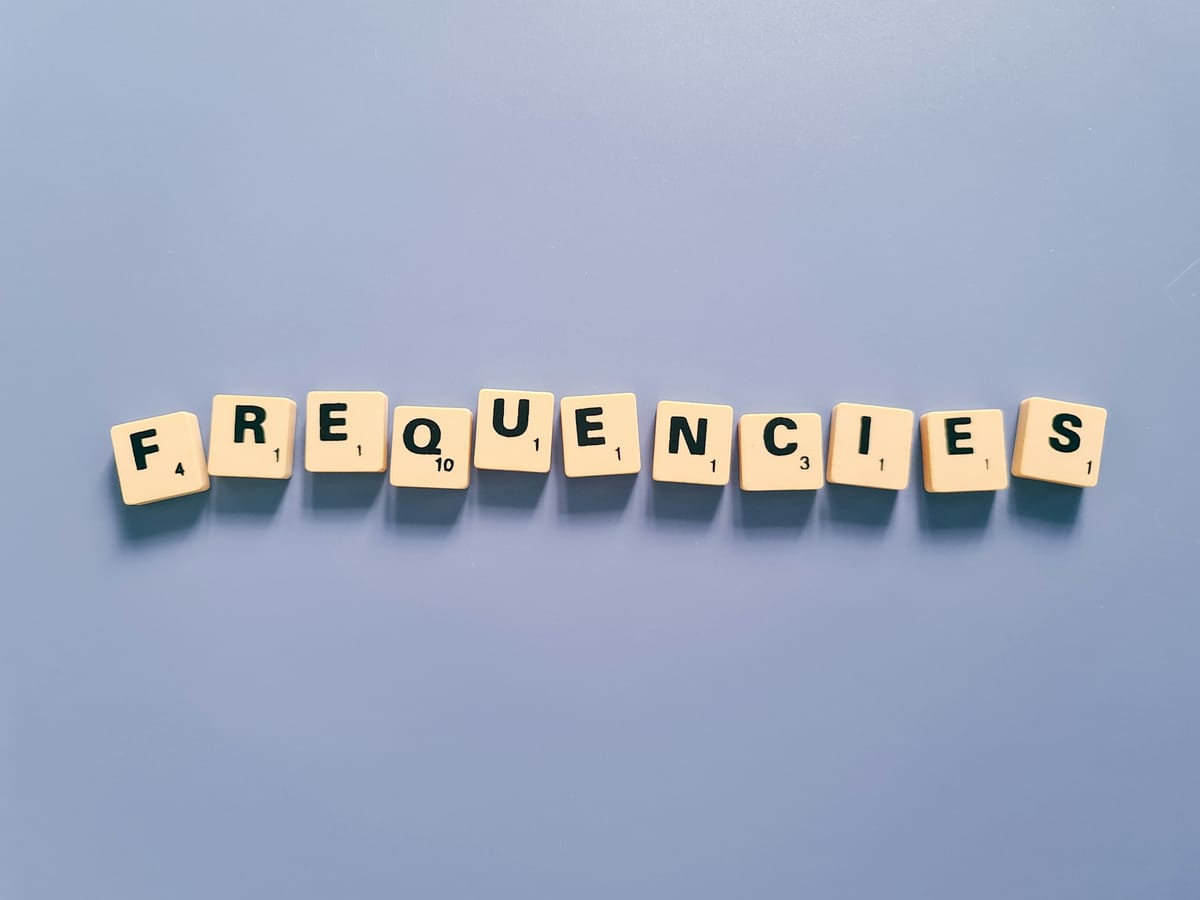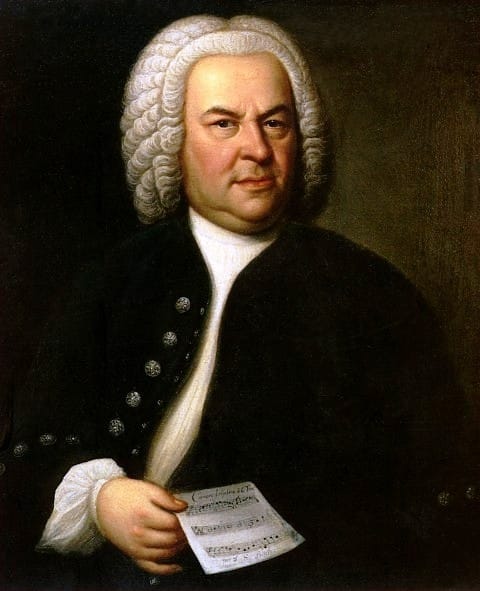Exploring the Connection Between Music, Maths and Bach

Let's briefly explore the relationship between music and maths.
What is Sound?
Sound can be described as the transmission of waves through a state of matter - gas, liquid or solid. Human beings then receive these sound waves via their ears.
The human ear can perceive frequencies from about 20 Hertz (Hz) to 20,000 Hz or vibrations (aka cycles per second). Dogs hear even higher pitches up to around 30,000 Hz, which is why they respond to dog whistles we can't detect.
Musical Pitch and Frequency
The pitch of a musical note corresponds to its vibration frequency. For instance, a tuning fork vibrating at 440 Hz produces the A note above Middle C. Notes an octave apart vibrate at double or half that frequency. So the A an octave above middle A on a piano vibrates at 880 Hz while the A below Middle C vibrates at 220 Hz.
Western music uses only a choice subset of all possible pitches the human ear can perceive. In Western music, we divide the octave into 12 equal semitones - the 7 white piano keys plus 5 black keys or the 12 frets of a guitar, for example.
Equal Temperament
For many years, instruments used tuning systems which sounded in tune only in certain keys of music. Moving between other keys caused dissonance as note relationships changed. To enable modulation between all keys, musicians adopted "equal temperament", which divided the octave into 12 equal steps or semitones.

Bach's Well-Tempered Clavier
In 1722, Johann Sebastian Bach unveiled The Well-Tempered Clavier - a collection of keyboard pieces in all 24 major and minor keys to demonstrate this new system. Though debatably less pure, equal temperament unlocked the potential for the more complex modulation and harmony that came afterwards. In this way, mathematical precision allowed for greater musical creativity.
Book a lesson with Ben here
